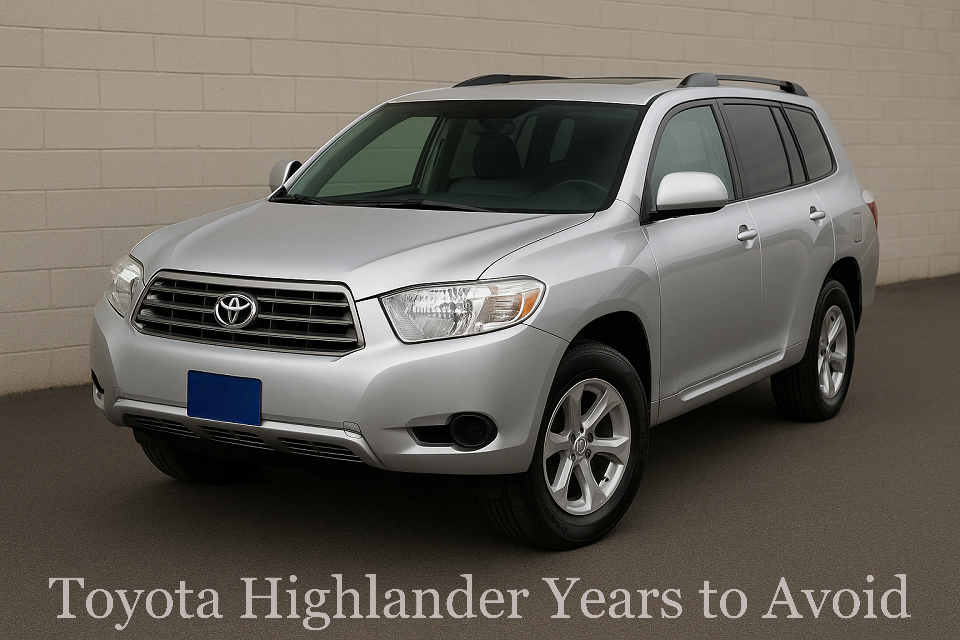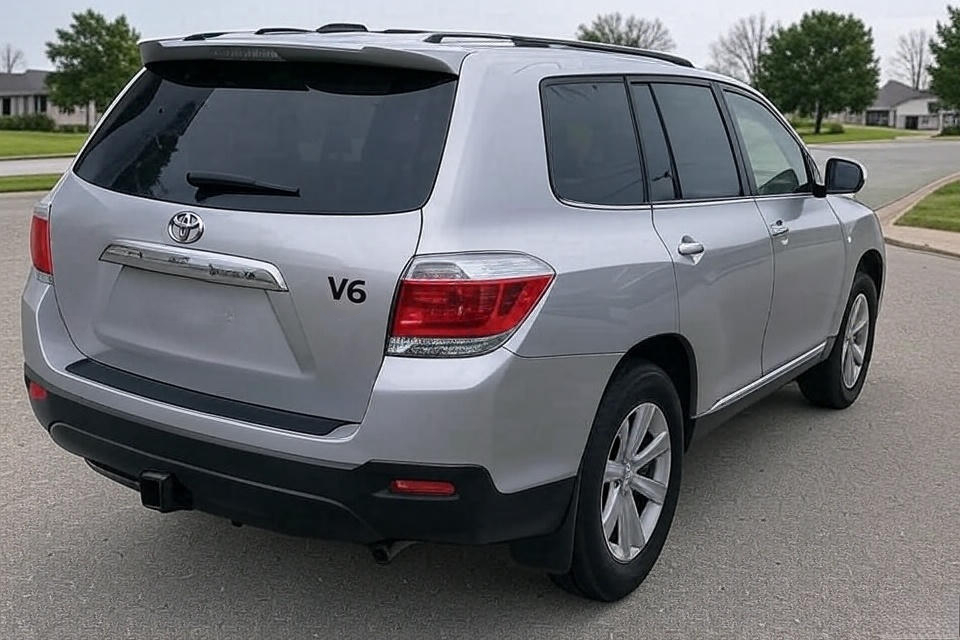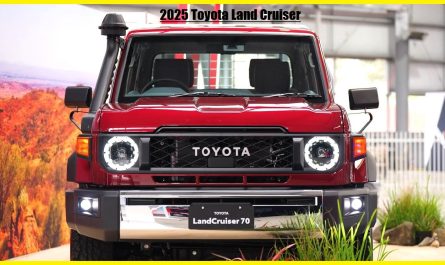Introduction
Looking for a used Toyota Highlander? It’s one of the most trusted SUVs around, spacious, reliable, and perfect for families. But not all model years are created equal. Some come with problems that make them worth skipping unless you’re ready for headaches (or repair bills).

This guide highlights:
- Which Toyota Highlander years to avoid and why
- Safe years to consider instead
- A Comparison table of problem years vs. more dependable models
- FAQs to clear up common questions
Let’s go make car shopping less stressful.
Why Some Highlander Years Are Risky
Even trusted brands like Toyota can have off years. These can come with:
- Engine issues (leaks, overheating)
- Transmission or shifting problems
- Electrical glitches (radio, infotainment, climate)
- Safety or structural concerns
- Higher maintenance or repair costs
Now, let’s dive into the specific model years you may want to steer clear of and the reasons why.
3. Toyota Highlander Years to Avoid & Why
Summary Table
4. Deeper Dive: What Went Wrong (Plain Language)
First Generation (2001–2003)
- These models are the oldest now. Time takes its toll: older transmissions, rusty seals, outdated safety features. A real gamble unless well-maintained.
2003
- Reports of engine overheating and stripped engine bolts, some required an entire engine replacement.
2008
- Known for burning oil, engine knocking, and malfunctioning electronics (like climate control).
2010
- Owners report electrical issues and sudden unintended acceleration, plus brake concerns and recalls.
2012
- LSteering problems, popping sounds, or locked steering, and oil usage remained a headache. Average yearly fix cost: around $1,050
2014 & 2015
- Though stylish, these were early technology birds with glitches. Infotainment froze, the throttle felt uneven, the seats were uncomfortable, and the leak-prone sunroof seals
2016–2018 (Transmission Trouble)
- The 8-speed transmission (UA80E/F) caused delayed or harsh shifts, whining noises, jerking. Toyota launched a support program, but fixes may lie outside warranty.
2008–2013 Steering Investigation
- Rare cases where steering wheels nearly came off. NHTSA probed but didn’t recall that Toyota advised inspection after crashes.
2020–2022 Airbag Sensor Recall
- Faulty sensor could stop airbags from deploying. Toyota recalled 1.12 million vehicles including Highlanders.
2020–2023 Bumper Tabs Recall
- Lower bumper covers that could detach at slight impacts pose a road hazard. Toyota recall covers this

Safe Picks: Better Years to Consider
If you’re shopping Highlander, these years are a much safer bet:
- 2006–2007 – Improved reliability, comfortable drive, and strong safety for its time.
- 2009, 2011, 2012 – Solid reliability, V6 power, good safety. (Note: 2012 had some issues, but generally better than the worst years.)
- 2016–2019 – Nice balance of features and performance. (Be cautious with 2016–2018 trim about transmission issues.)
- 2020–2022 – Strong safety ratings and reliability—but be mindful of recalls (airbag sensor, bumper tabs).
- 2022 onward – Very low issues reported; highly recommended.
And a fun note: A “Car Wizard” expert included 2001–2007 Highlanders in his list of most reliable cars under $10,000—capable of 300k–400k miles when maintained.
Quick Recap: Avoid vs. Consider
Avoid these years unless impeccably maintained or deeply discounted:
- 2001–2003, 2003, 2008, 2010, 2012, 2014–2015, 2016–2018 (transmission risks), and 2020–2022 (due to recalls).
Better (safer) years to consider:
- 2006–2007, 2009–2012 (with caution), 2016–2019 (careful with early ’16–’18), 2020–2022 if recalls done, 2022 onward.
FAQs
Q1: Are Toyota Highlanders reliable?
Yes! Overall, they’re known for longevity and strong resale value. Just pick wisely.
Q2: Can a bad year still be worth it if cheap?
Maybe, but expect repair bills. If past recalls/issues are fixed, and price is low, weigh the savings vs. risks.
Q3: My 2018 Highlander shifts rough—what now?
That could be the 8-speed UA80E/F transmission issue. Check if it’s covered under Toyota’s Customer Support Program or if there’s a TSB bulletin.
Q4: Do I need to worry about recalls on a 2020+ model?
Yes—some recall fixes (airbags, bumpers) are essential. Avoid a brand-new Highlander that hasn’t had them done.
Q5: What is a “neutral year”?
A year that isn’t outstanding, but not terrible either. It may have minor quirks, but nothing major.
Final Advice: How to Buy Smart
- Research service history. Ask for receipts to see what’s been fixed.
- Check recall status. Use your VIN or NHTSA services to confirm if all recalls are completed.
- Get a pre-purchase inspection. Have a trusted mechanic check for common issues like oil use, transmission shifts, or infotainment faults.
- Choose the right model year. Use the list above to guide your selection.
- Trust your gut on price vs. peace of mind. A few hundred dollars more for a well-cared-for, dependable Highlander can go a long way.
Conclusion
The Toyota Highlander is a great family SUV, but a few model years had more challenges than most. By avoiding the high-issue years like 2003, 2008, 2010, 2012, 2014–2015, and being cautious with 2016–2018 and early 2020s, you can enjoy the strengths Highlander offers: comfort, longevity, and reliability. Consider 2006–2007, 2009–2012, 2016–2019, or 2022+ models for the best value. And always double-check any recall or transmission concerns.


